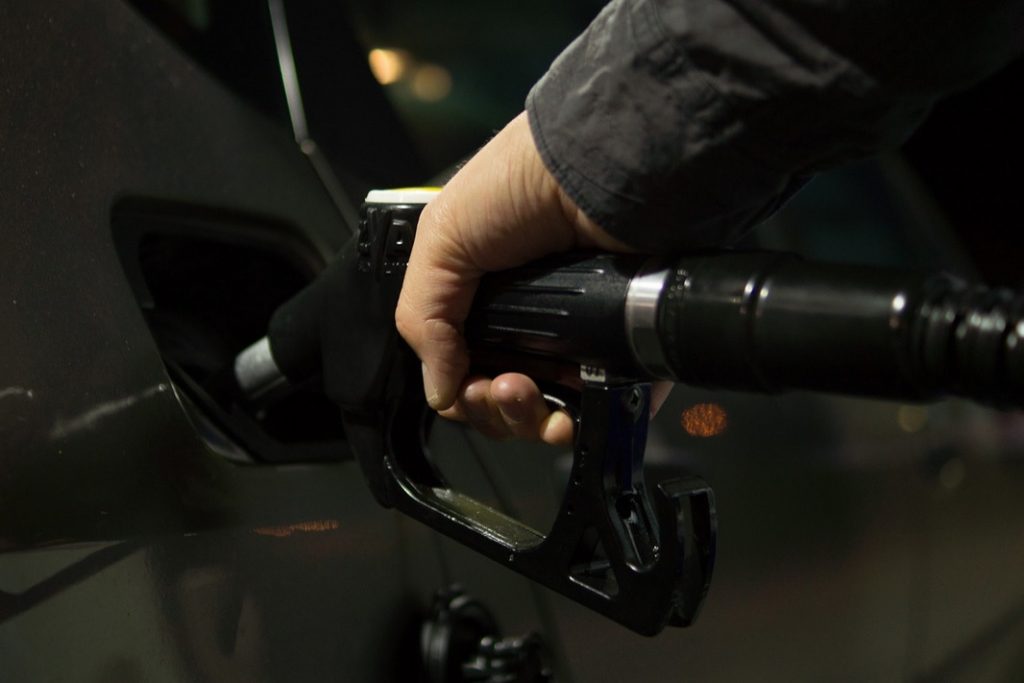
By Oregon Business & Industry,
April 4, 2025
Oregon needs a well-functioning transportation system to move people and goods. To pay for that system responsibly, policymakers must collect revenue judiciously and ensure that it’s spent efficiently. They also must recognize the context in which they propose to raise and spend taxpayers’ hard-earned money.
By these standards, it’s difficult to take the April 3 transportation-funding proposal seriously.
Consider the context first. Oregonians are worried about rising costs for basics like energy, housing and food. They’re also worried about the impact of tariffs on the price of cars and other household items. Yet among its nearly one dozen proposed fees and taxes, the transportation package contains:
- A 50% increase in Oregon’s 40-cent gas tax, phased in by 2032. This tax will then continue to increase every year without a vote of the Legislature. As of January 2025, only two states had gas taxes at or above 60 cents: California and Illinois.
- A 1% sales tax on all cars sold in Oregon, new and used.
- A 60% increase (0.5% to 0.8%) in the “privilege” tax paid by auto dealers on new car sales, which is passed along to buyers.
- A $90 increase to vehicle titling fees, nearly doubling fees for most passenger cars and trucks.
- An 80% increase in the payroll tax that all workers in Oregon pay on their wages. This tax, which will go from 0.1% to 0.18%, is used for public transit, regardless of whether transit options are available to those workers.
- A brand, new 3% sales tax on tires. Just weeks ago, a similar proposal (HB 3362) met overwhelming opposition from Oregonians.
At nearly $2 billion in proposed new revenue over nearly a dozen new or increased taxes and fees, the scope of lawmakers’ initial transportation proposal is audacious, particularly when the framework contains no significant new infrastructure projects to expand capacity.
The mix of proposed taxes is only part of the problem. What isn’t clear from the proposed framework is what lawmakers or agency officials intend to do with respect to accountability. There is a trust deficit right now that applies both to government efficiency more broadly and with the Oregon Department of Transportation and transportation projects specifically. Consider:
- In February, as reported by the Oregon Journalism Project, ODOT admitted to making a $1 billion error in its 2023-25 budget. ODOT, the OJP writes, “had failed to perform a basic accounting function: reconciling actual revenues to the projected revenues from its budget.” That error has left a hole that lawmakers are looking to Oregonians to fill.
- ODOT hasn’t come close to completing the projects included in the $5.3 billion transportation package the Legislature approved in 2017, the Salem Statesman Journal has reported. And the actual costs of most projects far exceed ODOT’s estimates. In fact, some of the newly proposed funding is actually needed to complete those projects adopted eight years ago. (For context: The Francis Scott Key Bridge damaged in March 2024 when struck by a tanker is well on its way to a complete rebuild in just over four years.)
Again, Oregon needs a well-functioning transportation system to move people and goods. But that system needs to be built – and maintained – with transparency, fairness, a focus on highest need, increased road capacity, and economic sustainability in mind. As this proposal gets consideration in the legislative process, we hope lawmakers will keep those factors in mind and attach serious accountability measures.
Disclaimer: Articles featured on Oregon Report are the creation, responsibility and opinion of the authoring individual or organization which is featured at the top of every article.

